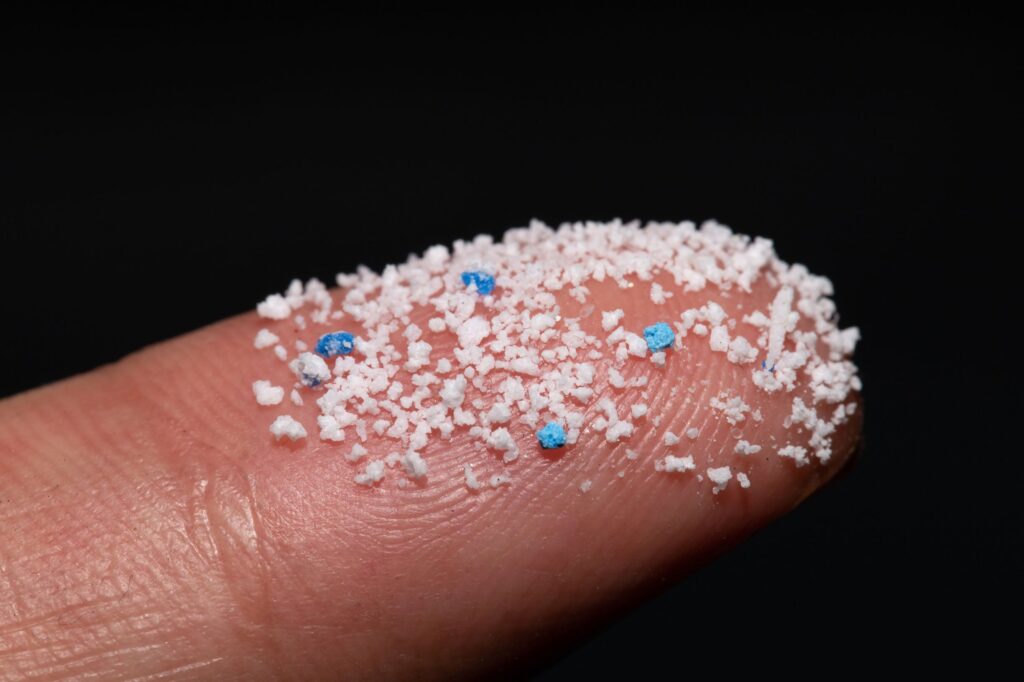Discussions about microplastics have been prominent in the media and public debate in recent years. Earlier this month, a scientific article appeared in the journal Sustainability which shows that microplastics can be found in Vatnajökull and scientists conclude that microplastics can also be found in all other glaciers in the country.
Microplastic is a synonym for tiny plastic particles of various kinds. The particles are less than 5 mm in diameter and many are so small that they are not visible to the naked eye. Plastic can be produced specifically in these small particles to be placed in various cosmetics to achieve a rough texture, for example in creams or soaps. However, microplastics are becoming more common when larger plastic units decompose in nature. Research has shown that microplastics are found in every nook and cranny of the world. In the ocean, in the atmosphere, in the Arctic ice and in the bodies of humans and animals.

Numerous studies have been conducted on microplastics and their existence in the world in recent years, but in the latest issue of the scientific journal Sustainability published an article by scientists at Reykjavík University, the University of Gothenburg and the Icelandic Meteorological Office, which shows that microplastics can be found in the snow layers of Vatnajökull.
The samples examined were three-meter-long drill cores from the middle of the glacier, so it is likely that the plastic particles reached the glacier with wind or precipitation. The microplastic was of various shapes and sizes, and these results indicate that there is ample reason to study microplastics in the world, even in the most remote places, and its transport routes further.
Matís is already leading a joint Nordic project called NordMar Plastic where the main research topics are plastic and its effects in the Arctic. The project has formed a strong, interdisciplinary team of experts and aims to collect and review available data on methods, research results and monitoring of plastic use and pollution.
The aim is also to create a strong, international network of parties related to the issue in order to achieve coordination, cooperation and synergies.
NordMar Plastic focuses on examining the situation in the Arctic and assessing whether there is reason to set a specific policy in this area. The project also focuses on raising public awareness of the issue and creating educational materials and practical projects for children in primary schools to reduce plastic use and recycle plastic.
Further information about NordMar Plastic can be found on the project's website by clicking here.
